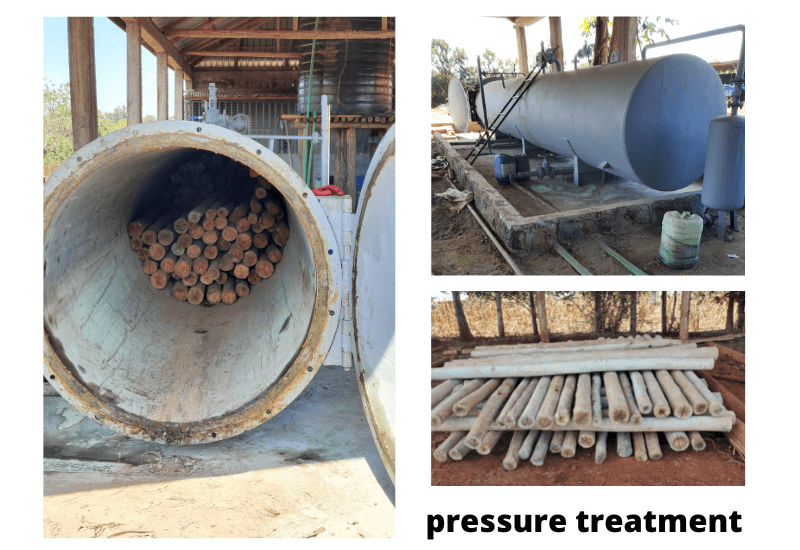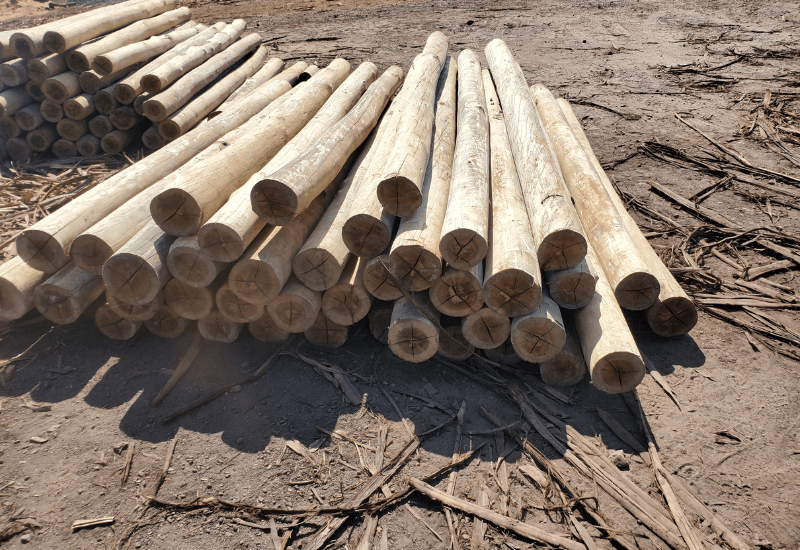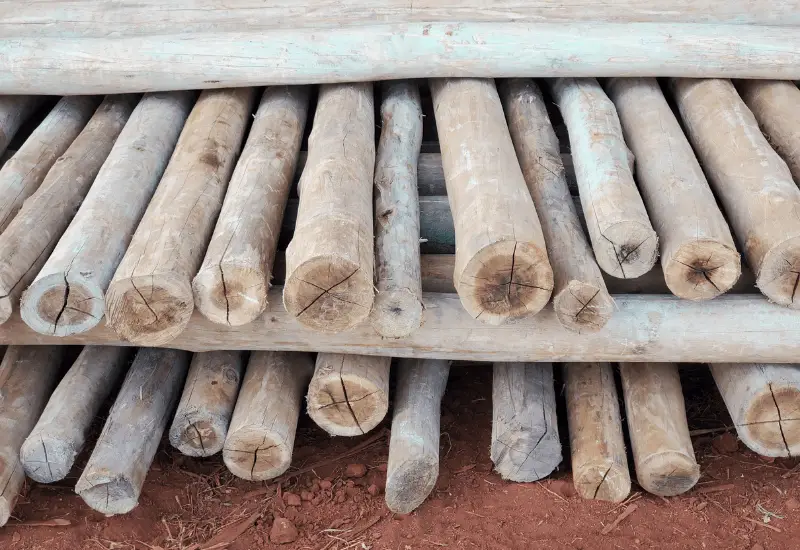Termites are by all accounts a mighty menace. Shockingly, a single termite colony has a metabolic rate similar to that of a 900 lbs. cow. With such a big appetite, these tiny insects have a knack for causing significant structural damage to households. They can chew through wood and are particularly notorious for eating building frames. Worse still, termites leave behind tiny fecal pellets that create a strong stench in your house.
However, most people believe that pressure-treated wood protects them from termite invasion. This assertion is only half true. In actuality, pressure-treated lumber is more resistant to termite attack than natural wood, but it is not termite-proof. Here’s why:
What is Pressure Treated Wood?
Pressure-treated wood is timber that has been chemically treated with preservatives to make it less susceptible to insect infestation and decay. The pressure treatment process involves placing wood into an air-sealed cylindrical container and infusing chemicals into the material’s fibers by applying pressure.

As highlighted in our outdoor wood treatment piece, the most commonly used pressure treatment preservatives are copper-based compounds such as copper azole and alkaline copper quaternary. Copper is an excellent ingredient for wood preservation due to its broad efficacy as a weather-resistant biocide. It is a highly effective fungicide, insecticide, bactericide, and algaecide.
Can Termites Eat Pressure Treated Wood?
While termites cannot chew on pressure-treated wood, various factors can compromise the protection of this chemically treated material, eventually allowing termites the leeway to attack.
Water Damage
Among these factors is exposure to a damp environment. Pressure-treated wood is more commonly used for outdoor uses such as building barns or erecting fences. Once the timber gets in touch with soil or is exposed to rainfall for long periods, it is left susceptible to rot. The rotting process opens up cracks in the wood, and termites access the wood’s inner layers.
Preservatives Gradually Lose Potency
Termites can also attack pressure-treated wood after the preservatives start losing potency. Depending on the climate, pressure-treated wood can last for 7 to 40 years without showing signs of decay or rot.
Chemical preservatives infused into the wood gradually drain out, with the outer layer being the first to be affected. At this point, termites can dig through the topmost layer and slowly make their way to the inner layers.
Structural Damage
Lastly, pressure-treated woods with cracks, splinters, or holes on their surfaces are highly susceptible to termite attacks. Given their small size, termites can use these tiny spaces to evade pressure-treated parts of the wood and chew on the innermost layers.
Should You Apply Finish to Your Pressure Treated Wood?
Yes. Finishing wood that has already been pressure treated provides the material with added protection from these three factors. Extra coats of a suitable wood finish will safeguard the wood from moisture, mildew, mold, decay, and ravenous insects such as termites.

Moreover, the finish will also prevent the wood from splintering or cracking, adding to its protection against termites.
Which Woods Do Termites Not Eat?
Evidently, pressure-treated wood is not termite-proof. However, certain wood varieties are superior in this regard.
Composite Wood
Composite wood is an artificial timber variety. It is made from wood fibers and thermoplastics such as polypropylene, polylactic acid, and polythene. Some composite wood materials also contain inorganic fillers like lingo-cellulosic. Termites cannot eat such materials since they contain inorganic substances, such as plastic, that the insects cannot digest.
Heartwood
Also referred to as the duramen, the heartwood is the centermost part of a tree. It is a very sturdy dead material that does not wither or decay. Termites find this non-living timber to be a less attractive feed. You can buy heartwood-grade lumber for outdoor use to minimize the risk of termite attacks.
Read Next
• https://improvewood.com/do-termites-eat-pressure-treated-wood/
• https://improvewood.com/how-long-does-pressure-treated-wood-last/
• https://improvewood.com/how-to-treat-wood-for-outdoor-use/
• https://improvewood.com/what-is-the-most-weather-resistant-wood/
Conclusion: Can termites eat pressure-treated lumber?
By and large, termites are highly misunderstood creatures. Popular belief holds that these insects cannot eat pressure-treated wood.
In reality, however, this is possible since termites take advantage of rots, cracks, and the gradual diminishing of preservative potency to attack pressure-treated timber. Therefore, finishing your pressure-treated wood is important to add a much-needed protection layer and minimize the risk of termite infestation.
